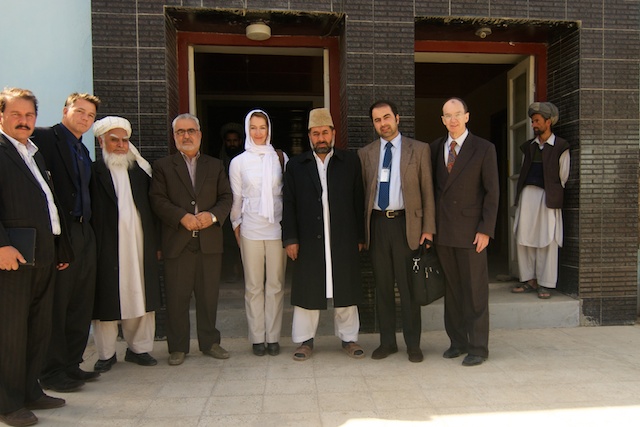Base Camp is melting. It’s 13C outside and the birds are chirping. The area bordering the icefall has turned into a stream and the ground underneath our sprawling metropolis is shifting, causing landslides and tent slides. Spring is here and we all know that it means summit time is nigh.
We are now at our 3rd day in Base Camp, waiting for a good summit window. Every day feels like Groundhog Day: We wake up when the sun makes the heat in our tents unbearable, somewhere around 7:00am. Tea time is at 7:30am. Breakfast at 8:00am. And then of course, there’s the mandatory morning bowel evacuation episode somewhere in between. After breakfast, it’s endless games of Shithead (the card game requiring the least amount of thought) and/or making obscene jokes. Then, all of sudden it’s lunch time again. If you put your money on betting we get beans, bread and potatoes for lunch, you’ll probably win (as an aside, I’m pleased to report I’ve lost ten pounds so far and counting). After lunch, the cycle of Shithead and jokes begins again. The highlight of our day is apres dinner. If no one has played with the solar panel wiring (word on the street is that midget ninjas play with our system at night), we get to watch a movie on the projector Arnold – our team leader – has brought with him. Last night it was I Am Legend. Some members desperately want to watch National Lampoon’s Christmas Vacation, but we haven’t reached that level of desperation. Just yet. When the movie ends, we stumble up through the boulders that make up our campsite and find our way into our sleeping bags, arms wrapped tightly around our water bottles and pee bottles for the warmth and solace they offer, and we drift off thinking of summits and three-course meals.
But our wait here is not in vain. It takes a bit of weatherman magic to craft a solid and successful plan to mount a summit attempt. From Base Camp, you need five days to reach the summit: One day up the icefall, past Camp 1 and up to Camp 2. One day of rest in Camp 2. One day up to Camp 3. One day up to Camp 4 and a departure that same day for the summit. So the decision to leave Base Camp for the summit is based on five-day weather forecasting. No small feat anywhere in the world, and least of all when it relates to Everest where for the most part, historical weather data is non-existent. Urs and Arnold have been reviewing available information several times a day and so far, the order has been to wait and see. Maybe we’ll depart at 3am tomorrow. Maybe not. Odds are that we’ll have a few more days sitting here, but we might get the call at 7pm to pack up and be ready. So we wait.
The 12th offered a bit of a break in the routine. It was Jon’s birthday. We sang to him, gave him cake. Then he decided to get decked out in eyeliner because, here at Base Camp, we know how to have a good time. We also spent some time getting comfortable with our oxygen masks. Then, with mounting anticipation, we spent most of dinner talking about summit day. From Camp 4, it should take us anywhere between 9 to 12 hours to reach the summit. We’ll need half that time to get down. Arnold doesn’t believe in fixing a specific turnaround time since people will likely be arriving and departing from Camp 4 at different times. His take is that you should monitor how long you need to reach the summit: If you’re nowhere near the summit after 14 hours, “then something is very wrong”. Right now, we think the 19th or the 20th may make a good summit day. But we know other teams are also thinking the same. So we strategize, hypothesize and wait. All part of the Everest experience.












